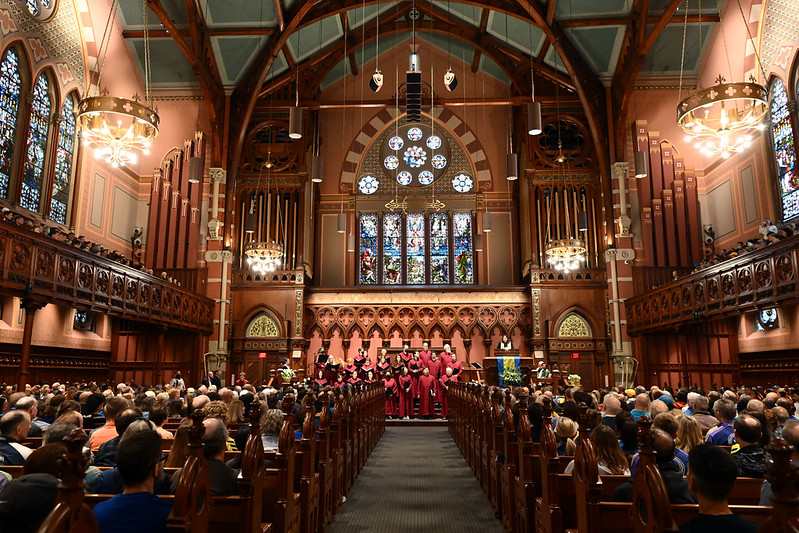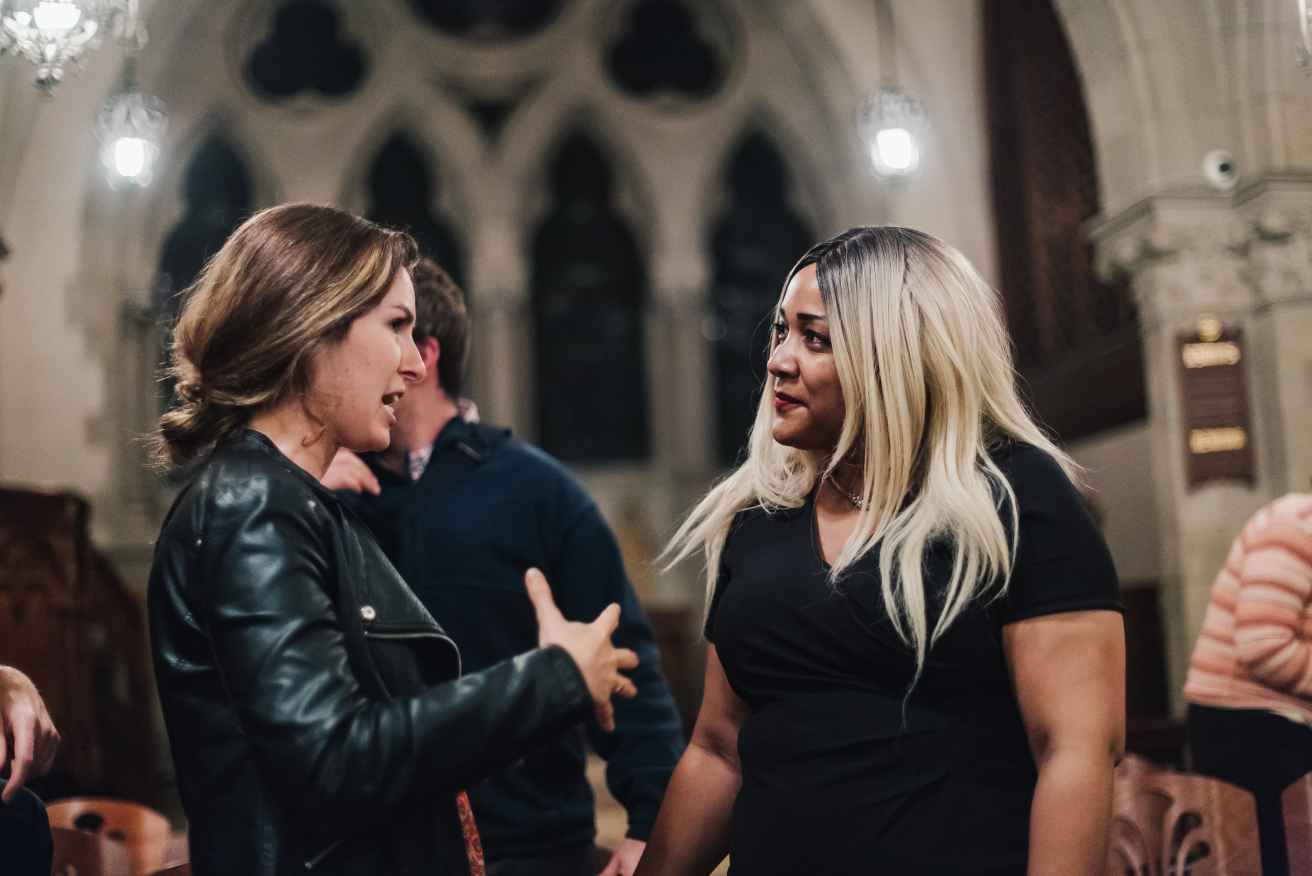This year for All Saints Sunday the Festival Choir present Gabriel Fauré’s poignant Requiem in a ‘chamber’ version for organ, harp, violin, and cello. Despite the fact that the majority of his career was spent in the service of the church, Fauré is not known as a composer of sacred music. In fact, the Requiem is his towering contribution to the genre, and had a lasting impact on the settings of later composers.
Born in 1845 in Pamiers, France, Gabriel-Urbain Fauré was the youngest of six children. Although his musical talents were apparent from an early age, it was not until the age of nine that his parents enrolled him at the Niedermeyer School in Paris. He was to remain there eleven years – excelling in piano, for which he won the premier prix two years in a row. His skills were so advanced that in 1864, Fauré was refused permission to compete again at the school. Upon the death of his teacher and father figure, Louis Niedermeyer, composer Camille Saint-Saëns became Fauré’s senior piano teacher and a life-long friend.
After leaving the Niedermeyer School, Fauré moved to Paris, serving as organist at a number of churches, including St. Sulpice where he played along side of the famous Charles-Marie Widor. It is said that sometimes during the service, the two organists would play “dueling organs” — the clergy and congregation being mostly unaware there were two geniuses at work. In 1877 Fauré became the choirmaster at the Madeleine, where he remained for twenty years. Despite that it was undoubtedly the most fashionable church of the time (Chopin’s funeral had been there, decades before), there was the occasional frustration: as there were no women performers, for example, the soprano and alto parts were sung by presumably will-intentioned boys, whom Fauré nevertheless termed his “geese.”
In 1905 Fauré left the Madeleine and took the post as Director of the Paris Conservatoire, the most prestigious musical post in France. Here he made many changes to the school and curriculum, modernizing it considerably. At age 57, he began to notice hearing problems. As this hereditary condition worsened, even listening to music became a painful experience. His late works were written without the help of the piano, and his last compositions were heard only in his head. Out of respect, the Conservatoire kept Fauré’s affliction a secret until his retirement in 1920.
Although characterized as a classicist, Fauré was innovative in his compositional style. The Requiem is the perfect example of this, as it reveals his highly individual approach to a text steeped in tradition and set to music by a substantial number of composers. Begun in 1886, after Fauré’s maturation as a composer, it is possibly linked to the death of his father in 1885, and is one of his first extended compositions.
-Mitchell Crawford, Minister of Music







